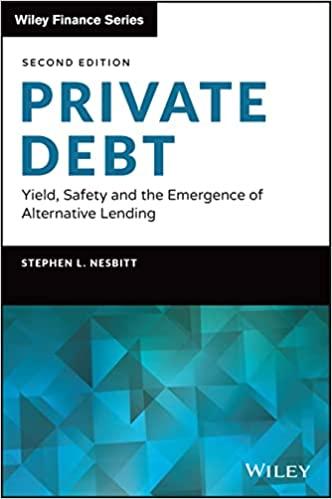Answered step by step
Verified Expert Solution
Question
1 Approved Answer
in January 2 0 2 2 , Nicholas Chen had to decide whether to invest in one of the two solar power systems to reduce
in January Nicholas Chen had to decide whether to invest in one of the two solar power systems to reduce the energy costs of Jamaican Macaroni Limiteds JMF factory. If Chen decided to proceed with one of the two solar systems, he also needed to decide whether to accept the contractors proposed installation on the main factory roof or another JMF building. Chens decision was primarily driven by increasing electricity costs, which were affecting the companys profitability. The economic conditions favored investment in a solar power system and financing had been secured. Thus, Chen had three main options: purchase a kW solar power system and generate some of the energy JMF used while also selling back electricity to the grid when the factory was not operating; purchase a kW system, which would produce more energy but due to regulatory restrictions would not sell electricity back to the grid: or reject both options and face rising energy costs. Students are expected to perform a net present value NPV analysis to assess the viability of each alternative, including where to install the system in addition to assessing the economic and industry trends. Overall alignment with JMFs business philosophy should also be considered. Kilowatt SystemThe kW systems solar panels, two inverters, and all necessary mounting equipment would cost US$ to purchase and import to Jamaica net of GCT exemptions. The fee to install the roof racking, solar panels, and electrical equipment to carry power from the roof of JMFs main factory building into the factorys electrical system would be US$ The kW system would be capable of selling electricity back to the grid, which would incur an additional $ for licensing and the professional electrical engineering fees required to approve the additional equipment installation required to facilitate net billing.The usage charge savings for the kW system were projected to be $ per month in Due to solar panel degradation, the usage charge savings produced would decrease linearly by per cent of the original savings every year for the project's duration. Demand charge savings would not begin until the following year with $ of savings per year from decreased peak power usage. Like the usage charge savings, solar panel degradation would also cause the demand charge savings to decrease linearly by per cent of the original value per year. Foreign exchange savings were expected to be $ in and increase by per cent each year over the life of the project.JMF would also generate revenue through selling excess power to the utility provider. Given that the solar power system could generate excess power approximately two days per week, revenue generated through net billing for each year would be twofifths multiplied by the electricity usage savings and multiplied by a factor of onefifth. This total accounted for the difference in the price that JMF initially purchased electricity versus the price that JPS repurchased electricity. System maintenance would be $ per year beginning in and increase by per cent per year, and insurance would cost $ per year for the projects duration.Kilowatt SystemThe kw system would require solar panels each capable of producing kW as well as two inverters for a net cost of US$ Installation of the panels and all the necessary electrical equipment would cost US$Although the kW system was much larger than the kW system, the kW system was strategically oversized relative to JMFs energy usage to capture sunlight throughout parts of the day when the panels experienced sub optimal sunlight such as early mornings or late evenings see Exhibit As a result, the kW system would be capable of saving $ per month in usage charges in while the demand charge savings would be $ per year beginning in However, the solar panels in the kW system would degrade at a similar rate to the kW system, and foreign exchange savings were expected to be $ in and increase at a similar rate as the kW system. The maintenance and insurance costs would be higher on the larger system costing the company $ per year in and increasing at a rate of per cent per year and $ per year, respectively, for the life of the system. Calculate the Total Initial Invesment Total Cash Inflows And outflow, NPV IRRR, payback Perform a complete qualitative analysis of the investment opportunities Chen is considering. Analyze the pros and cons of each opportunity. Quantitatively evaluate the financial viability of the two investment opportunities. Consider the IRR, NPV and payback of each investment opportunity. Also evaluate the effect of uncertainty of the foreign exchange rate on the investment decision. Summarize your analysis and recommend a decision for Chen to invest in one or none of the two solar power projects of Jamaica Macaroni Factory on the basis of your quantitative and qualitative analysis
Step by Step Solution
There are 3 Steps involved in it
Step: 1

Get Instant Access to Expert-Tailored Solutions
See step-by-step solutions with expert insights and AI powered tools for academic success
Step: 2

Step: 3

Ace Your Homework with AI
Get the answers you need in no time with our AI-driven, step-by-step assistance
Get Started


